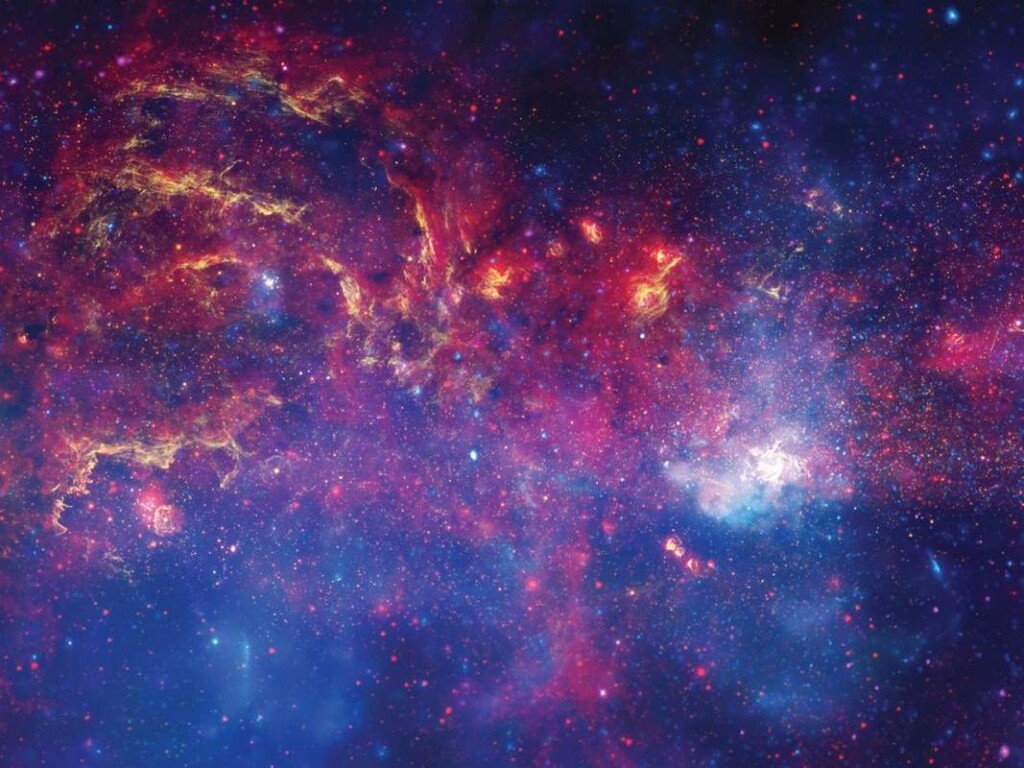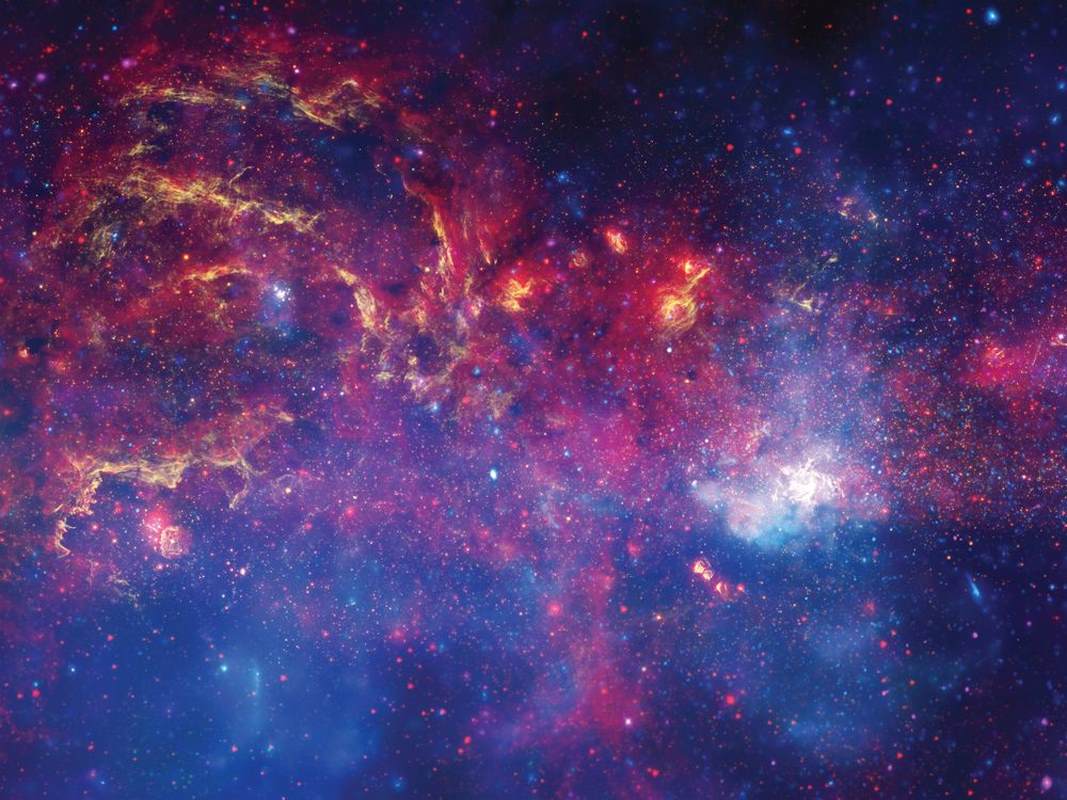
A collaboration between NASA and musicians has seen a photograph of the Milky Way from the Chandra X-Ray Observatory turned into a musical piece after they matched the wavelengths of light to wavelengths of sound in order to show our home galaxy in a whole different light—namely a musical one.
While astronomers working with Chandra weren’t chilling out to the lo-fi beats of the Milky Way (feat. Supermassive Black Hole) when they took the photograph of the galactic center, it did dawn on them that they were producing a pretty false image, since they were imaging X-rays that can’t be seen by the human eye.
It’s been standard practice to color code various wavelengths of light, even if those don’t correspond to light our eyes would actually perceive, in order to disseminate X-ray space photographs to the public.
This time, Kimberly Arcand, an expert in astronomy visualization at the Center for Astrophysics, Harvard & Smithsonian, collaborated with several musicians to create a musical guide to interpreting the contents of the photograph.
The galactic center is just the most recent and expressive musical track, but many other features and regions of space have been “sonified” with the help of astrophysicist and musician Matt Russo, and sound engineer Andrew Santaguida who together run a project called System-Sounds that sonifies astronomical data.
YOU MAY ALSO LIKE: Revolutionary Music Therapy Helps Paralyzed Man Walk and Talk Again – It ‘Unlocked the Brain’
These include famous sights like the Crab Nebula, the Carina Nebula, Messier 104, and the WD2 star cluster.
In each one of these beautiful images, optical, infrared, and X-ray light has its own track, some represented by strings, others by bells and chimes, and others by synths.
MORE COOL SPACE STUFF: Spacecraft ‘Hack’ Results in Never-Before-Seen Views of Our Sun – LOOK
In the galactic center piece, a piano is used for infrared, and with eyes closed a layman might consider it a more avant-garde contemporary piece, or Claude Debussy fiddling with a new idea.
It’s important to remember that if you turned on your monitors and stuck a microphone in the middle of the galactic center, there wouldn’t be any music. These sounds are auditory matches of the visual wavelengths picked up by the telescope. It’s important to remember because the sounds seem unmistakably right a home within the image.
LISTEN to the ensemble piece below, and follow the link to hear more…
SHARE This Brilliant Collaboration With Your Friends Who Love Music…




















